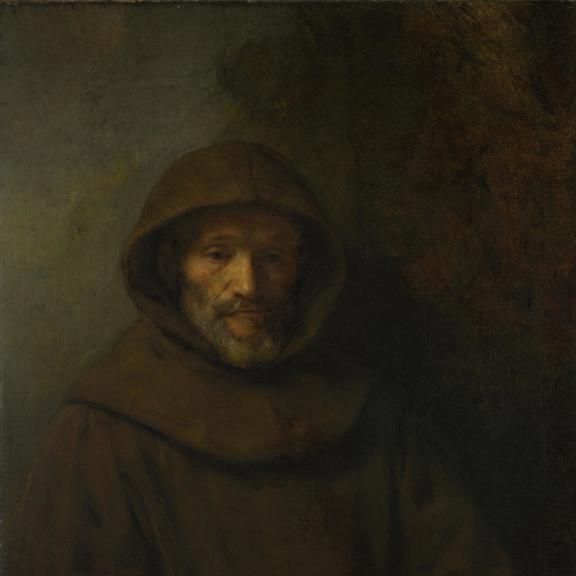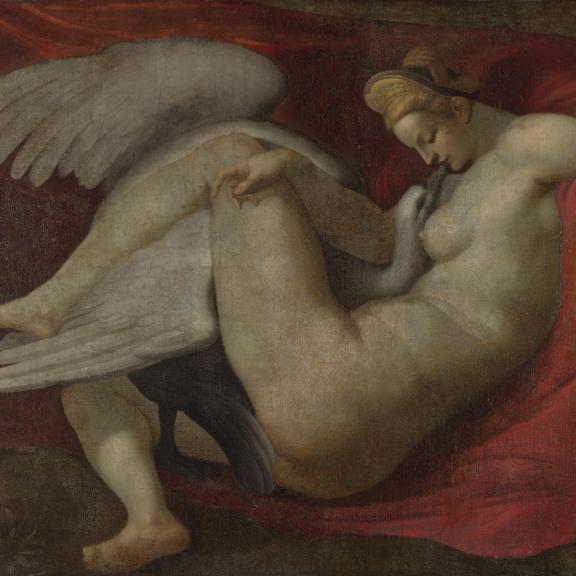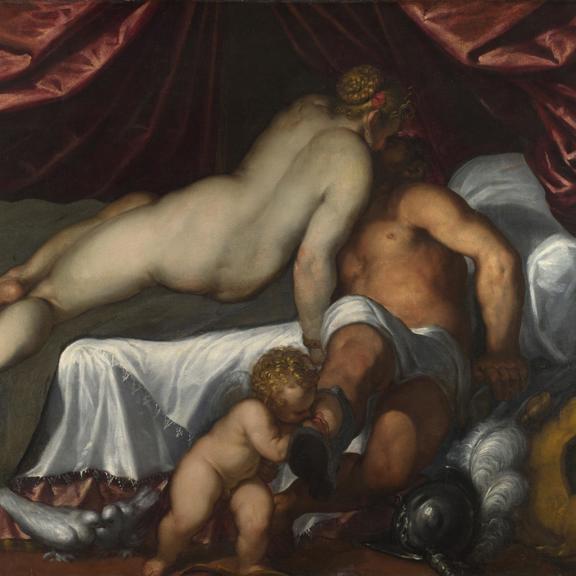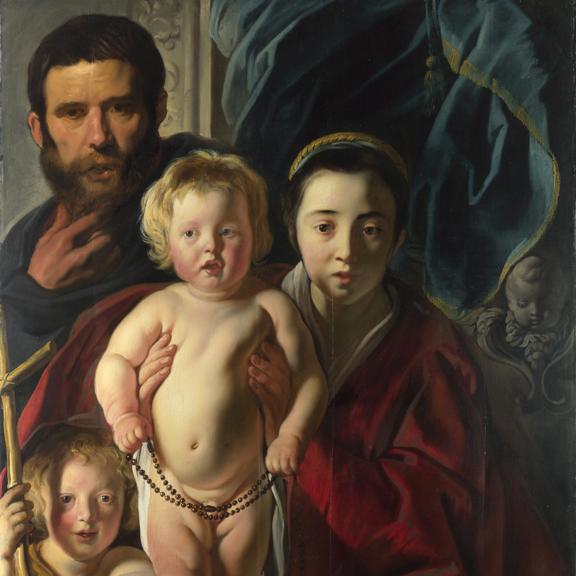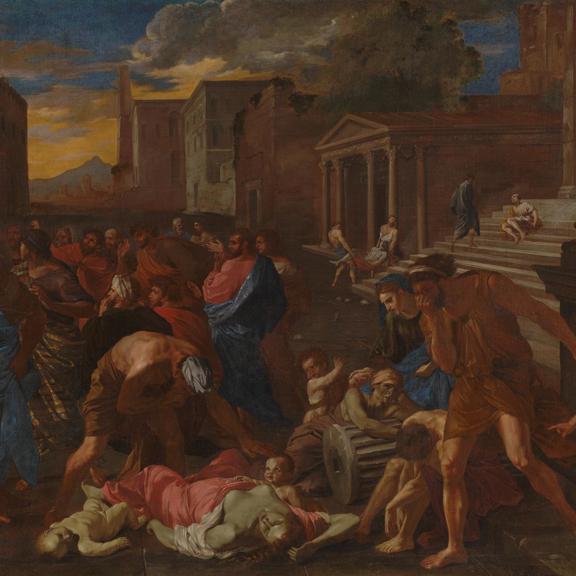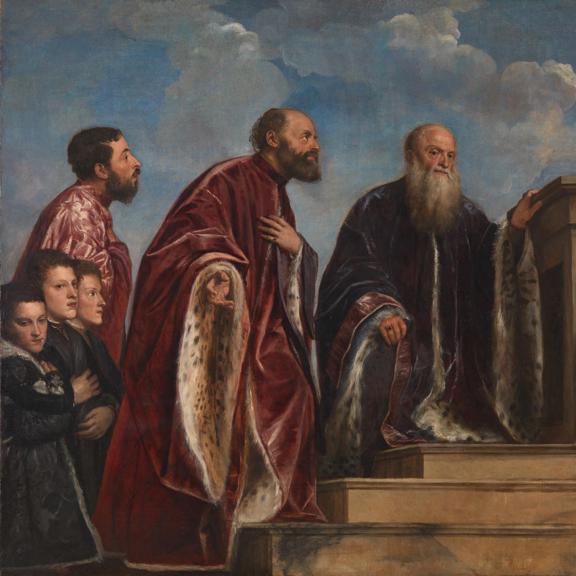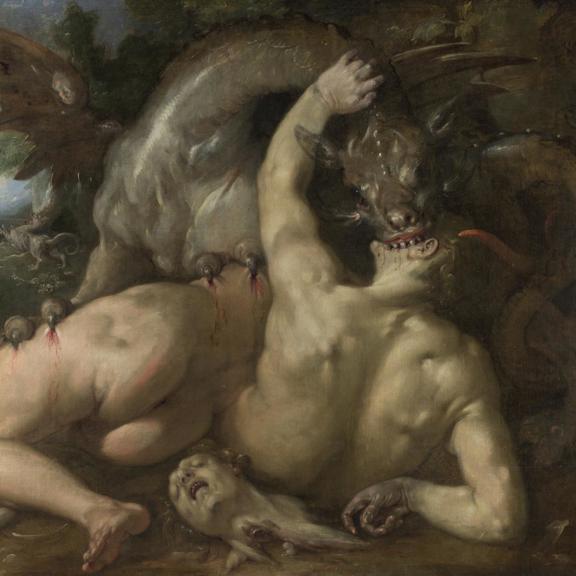Politician and landowner.
Hugh Percy, 3rd Duke of Northumberland
This person is the subject of ongoing research. We have started by researching their relationship to the enslavement of people.
Biographical notes
Summary of activity
Percy was the son of Hugh Percy, 2nd Duke of Northumberland and his second wife Frances Julia, née Burrell, whose grandfather was sub‐Governor of the South Sea Company for 20 years. He was elected as Tory MP for Buckingham in August 1806, also for Westminster in the same year. In 1807 he won the seat for the county of Northumberland and for Launceston, and chose to sit for the former. In 1812 he entered the House of Lords. In 1817 he married Lady Charlotte Florentine Clive, 2nd daughter of Edward Clive, 1st Earl of Powis, and granddaughter of Robert Clive (‘Clive of India’, who helped to establish British colonial rule in India). From 1829–1830 he was appointed Lord Lieutenant of Ireland. A significant portion of his wealth came from coal mining.
In his maiden speech of 23rd February 1807 Percy spoke for the abolition of the slave trade and outlined a scheme for the gradual abolition of slavery. In this Percy was trying to turn the Slave Trade Abolition Bill into a more general abolition of slavery itself by moving an amendment to emancipate every enslaved child born after 1st January 1810. After the Slave Trade Abolition Bill passed on 16th March 1807, he tried to introduce a bill on 17th March for the gradual abolition of slavery itself through the freeing of all enslaved children born after a date to be fixed. His call for the amendment was opposed by William Wilberforce, who, as a tactical matter, wanted to get the abolition of the actual trade through first, before addressing the institution of slavery itself. It is thought by some that Percy was not actually an abolitionist, but in fact the opposite, who, by putting forward his own proposals, intended to scupper the anti-slave trade bill. There is no record that he spoke on slavery matters after 1807.
Slavery connections
No known connections with slavery.
Abolition connections
In his maiden speech of 23rd February 1807 Percy spoke for the abolition of the slave trade and outlined a scheme for the gradual abolition of slavery. It is thought by some, however, that Percy was not actually an abolitionist, but in fact the opposite, who, by putting forward his own proposals, intended to scupper the anti-slave trade bill.
National Gallery painting connections
Donor: in 1838 the Duke of Northumberland donated the following paintings: Jacob Jordaens, The Holy Family and St John the Baptist (NG164); Angelo Caroselli, The Plague of Ashdod (after Poussin) (NG165); Rembrandt, A Franciscan Friar (NG166); Palma Giovane, Mars and Venus (NG1866), After Michelangelo, Leda and the Swan (NG1868) and Cornelis van Haarlem, Two Followers of Cadmus devoured by a Dragon (NG1893).
Former owner: in 1929 Titian’s The Vendramin Family, venerating a Relic of the True Cross (NG4452) was bought from the Dukes of Northumberland, and in 1966 Follower of Pontormo’s The Madonna and Child with the Infant Baptist (NG6375).
Bibliography
D. R. Fisher, 'PERCY, Hugh, Earl Percy (1785-1847)', in History of Parliament Trust (ed.), The History of Parliament: British Political, Social & Local History, London 1964-, 1790-1820, https://www.historyofparliamentonline.org/volume/1790-1820/member/percy-hugh-1785-1847
Checked and found
— Item on publisher's website
F. M. L. Thompson, 'Percy, Hugh, third duke of Northumberland', in C. Matthew et al. (eds), Oxford Dictionary of National Biography, Oxford 1992-, https://doi.org/10.1093/ref:odnb/21945
Checked and found
— Item on publisher's website
J. Turner et al. (eds), Grove Art Online, Oxford 1998-, https://www.oxfordartonline.com/groveart/
Checked and not found
— Item on publisher's website
UCL Department of History (ed.), Legacies of British Slave-ownership, London 2020, https://www.ucl.ac.uk/lbs/
Checked and not found
— Item on publisher's website

